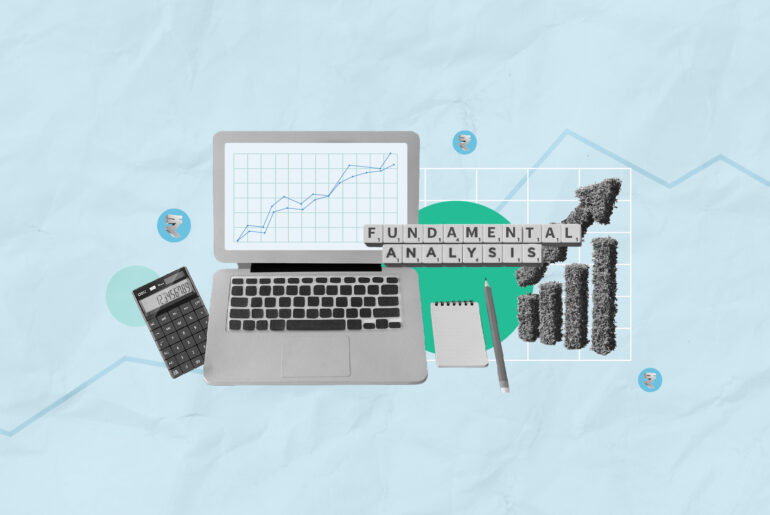Last Updated on May 4, 2022 by Aradhana Gotur
Amit Kumar Gupta has over 15 yrs of experience in investment analysis and portfolio management. He had set up the research desk at Fintrekk Capital across multiple asset classes.
When we discuss valuations in the markets, two statistical parameters are used most often – (1) The price to earnings (PE) ratio of the benchmark (example: Nifty50, Sensex 30) and (2) The market capitalization to GDP ratio (popularly known as Warren Buffett Indicator).
In this article, we will talk about how the Buffett Indicator, if used in isolation and especially in the Indian market contexts, can be misleading and may lead to wrong conclusions.
Table of Contents
What is Buffet Indicator?
The Buffett Indicator is a broad measure of stock market valuations. It is the ratio of the total stock market capitalization to the gross domestic product (GDP) of the country in question. Just for reference, the total stock market capitalization includes all publicly-traded companies.
In simple terms:
- When the Buffett Indicator is high, it suggests that the market may be overvalued.
- When the Buffett Indicator is low, it suggests the market may be becoming undervalued.
Buffet Indicator in India
As of February 2022, the latest argument is that India’s market cap to GDP ratio has touched a multi-year high of 116% based on FY 2022 GDP estimates. Despite some recent corrections in the wake of the Russia-Ukraine crisis, Indian equities remain expensive and markets remain overvalued.
The long term average market cap to GDP ratio for India has been 79%, which is way above the long-term average where 60% of the equities are trading at a premium to their historical averages. The only two occasions when the ratio was below the long-term average were in FY 2009 (55%) and in FY 2020 (56%).
Inefficiencies associated with the Buffet Indicator
I have never understood the rationale for applying this criterion to equity markets due to the inefficiencies associated with the Buffet Indicator. Following are the reasonings:
- The Buffett Indicator takes into account publicly-trading companies only and ignores the unlisted/privately-owned companies that contribute significantly to the GDP
- It focuses only on equity markets and ignores other asset classes like bank fixed deposits, real estate, and debt markets. Hence, it is not a true representative of the market value of all assets
- There are many domestic companies with significant overseas operations that contribute to the GDP by exports. In fact, India just crossed the $400 bn export target set for FY 2022. Hence, their growth at valuations exceeding GDP growth is not counted in the Buffet Indicator
Why is the Buffet Indicator losing significance?
The Warren Buffet Indicator has already become less relevant in the case of Indian markets. Why? Because this indicator completely ignores the rise in private equity investments.
In the Indian context, for example, the equity investment in self-owned enterprises and home equity has risen sharply in the past decade, as compared to the decade prior to that. Besides, the size of unlisted private businesses has increased significantly. Factor in the estimated market value of Amazon India, Vodafone India, PayTM, Flipkart, Honda India, Hyundai India, LG India, Samsung India, Apple India, and others, and you will find this ratio running much higher than what the present statistic might suggest.
One last thing
This argument assumes a near-perfect correlation between economic growth and stock market performance. This assumption may not be correct in most circumstances. The rise in market cap is purely due to PE re-rating due to excess liquidity or other reasons and may not actually represent an improvement in underlying economic fundamentals.
Due to the significant amount of liquidity enthused by central banks across the world in the post-COVID world, the valuations of some of the “new-age” businesses have pushed the market cap to GDP ratio higher.
It is also likely that many of these companies in future are also included in the benchmark indices like Nifty and Sensex thereby elevating both the Total Market cap (TMC) and PE ratio of these indices. Of course, this entry will come at the expense of old economy stocks like PSUs and commodity cyclicals.
At some point in time Reliance Retail (100x PE), Reliance Jio (150x PE), Zomato (200x PE), Paytm (150x PE) Indiamart Intermesh (80x PE) and so on shall find a place in the benchmark index at the expense of Coal India (7x PE), BPCL (8x PE), NTPC (7x PE), Power Grid (9x PE). Assessment of market valuation through the Nifty PE ratio or market cap to GDP would become totally meaningless at that point in time.
So the present argument that the Indian market is “expensive but nowhere closer to bubble territory” based on historical PE ratio and Buffet Indicator trends, may become totally redundant. The market participants might have to evolve new parameters for valuing the market that would be appropriate in the evolving scenario.
- Is Buffett Indicator a Good Measure of Indian Stock Market Valuation? - Apr 4, 2022
- How Often Should You Rebalance Your Portfolio? - Nov 9, 2021





